11 Everyday Allergens to Eliminate for a Healthier Home
Allergies can make it hard to feel comfortable in your own home, especially when common household allergens go unnoticed. From dust mites to mold and pet dander, these hidden triggers can cause sneezing, congestion, and other allergy symptoms. Learning how to reduce indoor allergens is key to creating a healthier and more breathable living space.
This post may contain affiliate links, which helps keep this content free. Please read our disclosure for more info.
Dust Mites
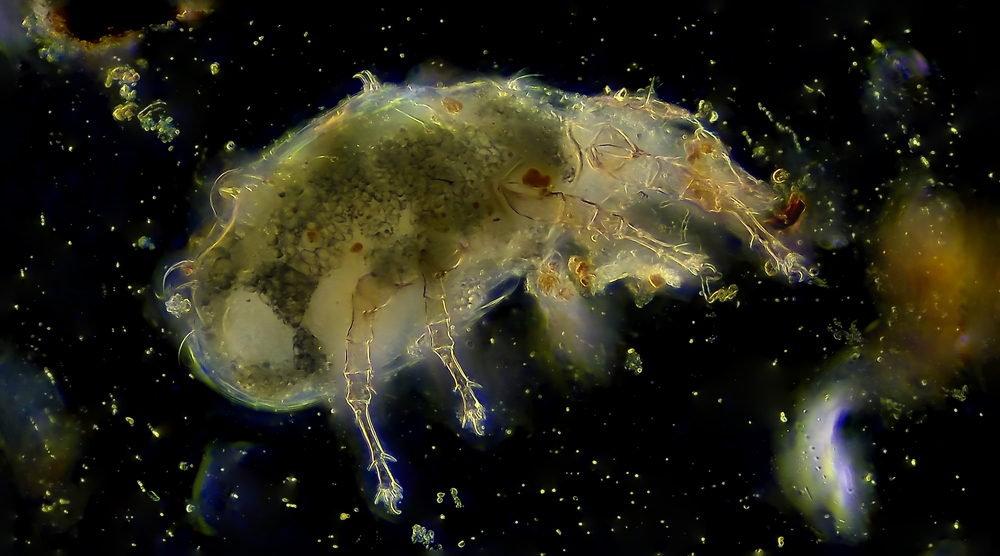
Dust mites are microscopic creatures that thrive in warm, humid environments, especially in bedding, mattresses, upholstery, and carpets. They feed on dead skin cells and are one of the most common indoor allergens. Their waste particles can trigger allergic reactions like sneezing, coughing, watery eyes, and even asthma symptoms.
To reduce dust mites, wash bedding weekly in hot water and use allergen-proof covers for pillows and mattresses. Vacuum frequently using a HEPA filter, and consider removing wall-to-wall carpets or using a dehumidifier to lower indoor humidity levels.
Pet Dander

Pet dander, made up of tiny flakes of skin shed by cats, dogs, and other furry animals, can cause serious allergic reactions. Unlike hair, dander can linger in the air, stick to furniture, and remain in your home long after a pet leaves the room. Even hypoallergenic pets can produce dander that triggers symptoms.
Reducing exposure includes keeping pets out of bedrooms, washing them regularly, and using air purifiers. Cleaning with HEPA vacuums and wiping down surfaces can help minimize lingering particles.
Mold Spores

Mold thrives in damp, dark environments such as bathrooms, basements, and kitchens. When mold grows, it releases spores into the air, which can cause respiratory issues, headaches, and skin irritation. For people with mold allergies, even small amounts can cause severe reactions.
Eliminate mold by repairing leaks, improving ventilation, and using mold-killing solutions. Running exhaust fans and using dehumidifiers can prevent mold from returning in problem areas.
Pollen

Pollen often enters the home through open windows, doors, or clothing. Although commonly associated with the outdoors, it can settle on indoor surfaces and cause hay fever-like symptoms. People with seasonal allergies may suffer year-round if indoor pollen is not addressed.
To control pollen indoors, keep windows closed during peak seasons and change clothes after spending time outside. Regularly clean window sills and use high-quality filters in your HVAC system.
Cockroach Droppings
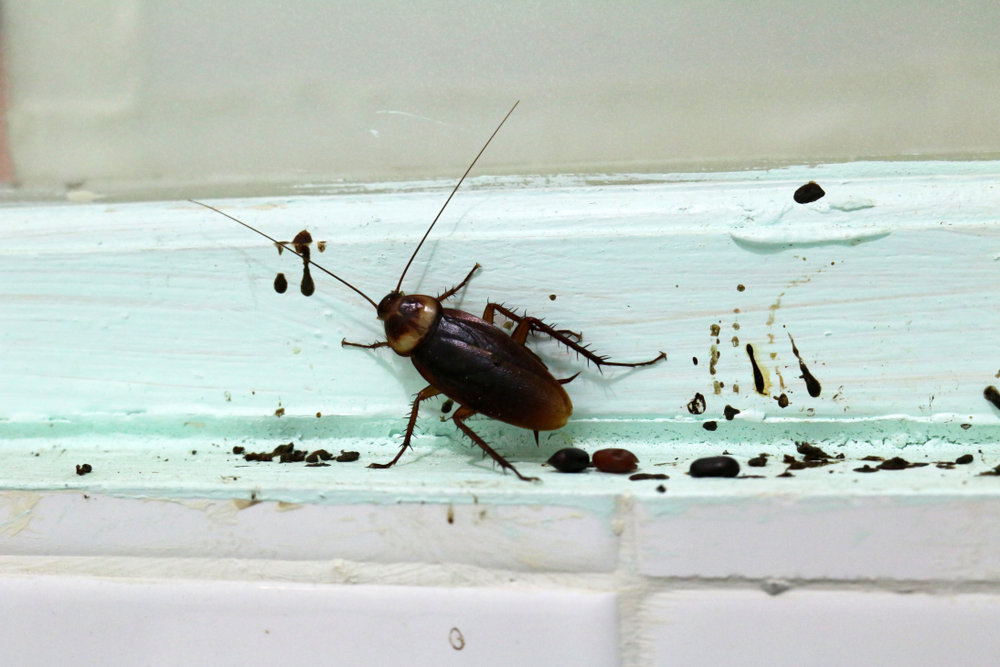
Cockroach allergens come from their droppings, saliva, and shed body parts. These particles can become airborne and trigger asthma attacks or allergic reactions, especially in children. Even in clean homes, cockroaches can find hiding spots and become a major allergen source.
Prevention includes sealing cracks, storing food in airtight containers, and cleaning crumbs or spills promptly. Using bait traps and hiring pest control may also be necessary to fully eliminate infestations.
Cigarette Smoke Residue

Cigarette smoke contains harmful chemicals that cling to surfaces and fabrics. Known as thirdhand smoke, this residue continues to emit toxins even after the cigarette has been extinguished. It can irritate the respiratory system and worsen allergies, especially for children and those with asthma.
To eliminate smoke allergens, prohibit indoor smoking, wash fabrics and curtains, and repaint walls if necessary. Air purifiers and frequent cleaning can also help remove lingering particles.
Fragrance Chemicals
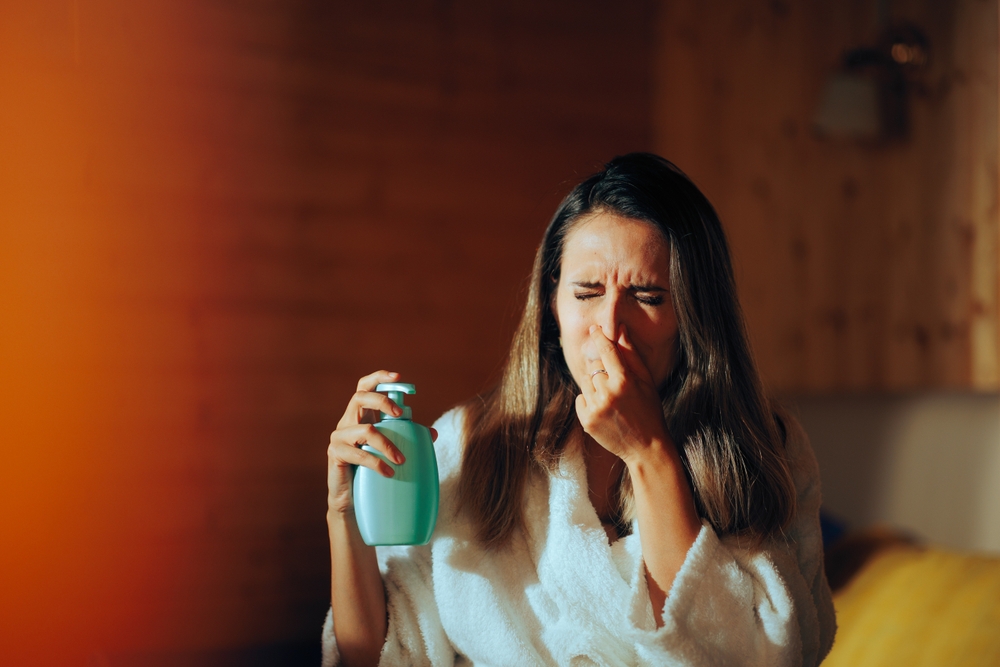
Scented products like candles, air fresheners, and cleaning sprays may contain volatile organic compounds (VOCs) that irritate the airways. These synthetic fragrances can cause sneezing, headaches, and skin rashes in sensitive individuals. Even “natural” scents can be problematic for some people.
To reduce exposure, opt for fragrance-free or hypoallergenic products and ventilate rooms well when using any scented item. Consider switching to DIY cleaning solutions made with basic ingredients like vinegar and baking soda.
Household Cleaning Products

Many cleaning products contain harsh chemicals that release fumes or leave behind residues, triggering allergic reactions or worsening asthma. Bleach, ammonia, and disinfectants are common culprits that can irritate the skin, eyes, and lungs.
Choosing natural or non-toxic alternatives can reduce this risk. Always read labels, wear gloves when cleaning, and keep windows open to improve airflow when using stronger products.
Indoor Plants with Moldy Soil

While houseplants improve air quality, overwatering them can cause mold to grow in the soil. This mold then releases spores into the air, which can worsen allergies. Some plants are also naturally more allergenic due to their pollen production.
Prevent issues by allowing soil to dry between waterings, removing decaying leaves, and using sterile potting mix. You can also place decorative stones on top of the soil to reduce mold growth.
Feathers in Bedding
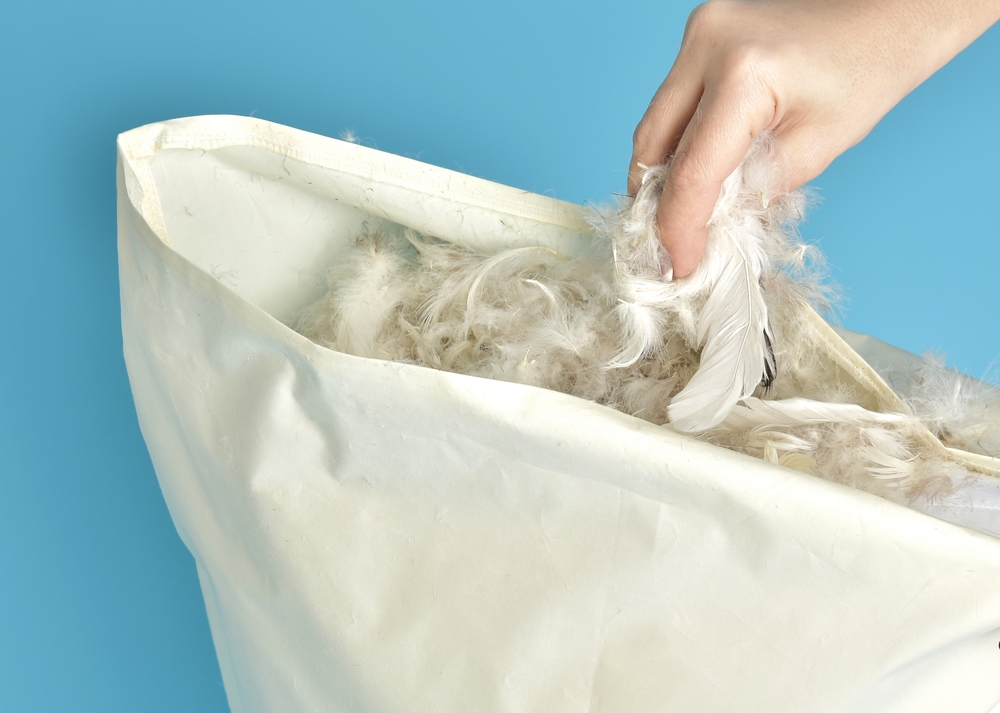
Feather pillows and comforters can trap dust mites and release allergens into the air as the bedding moves. Feathers themselves may also irritate the respiratory system in sensitive individuals. Using these materials can unknowingly worsen indoor allergy symptoms.
Consider switching to synthetic, hypoallergenic bedding materials. Also, wash pillowcases and comforters regularly to keep allergens at bay.
Wool and Natural Fibers
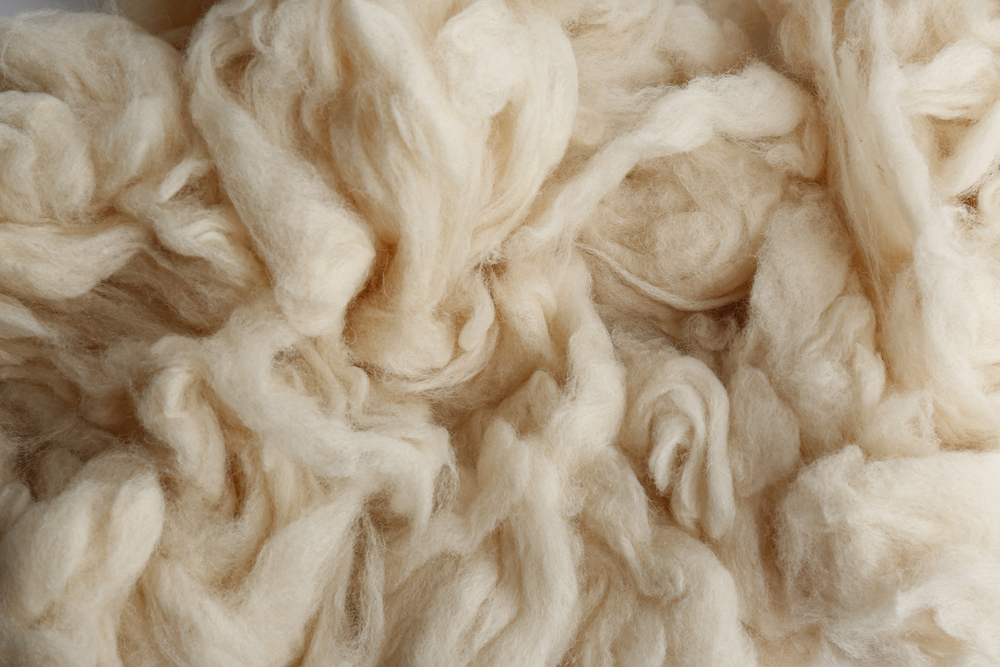
Natural fibers like wool can collect dust, dander, and pollen more easily than synthetic options. Wool rugs, throws, and clothing may worsen allergies due to these trapped allergens. Some people also have direct sensitivity to lanolin, a natural oil found in wool.
Replace with machine-washable or allergen-resistant fabrics whenever possible. If you keep wool items, vacuum them frequently and avoid letting them collect dust in storage areas.
This article originally appeared on Avocadu.
